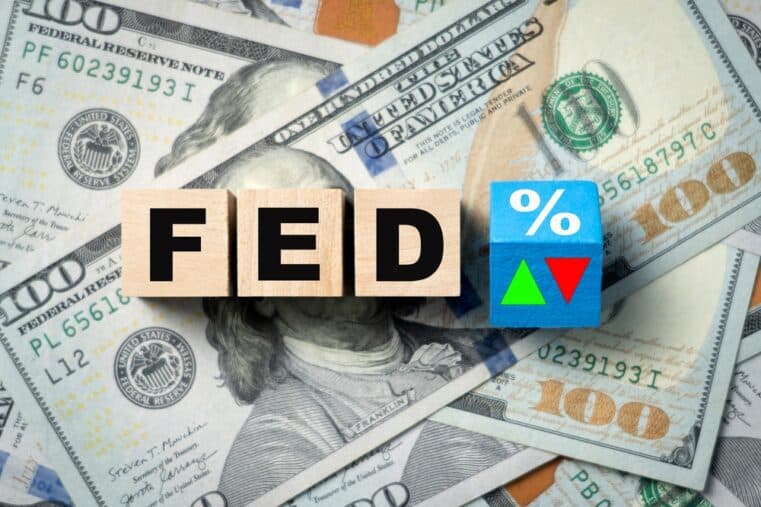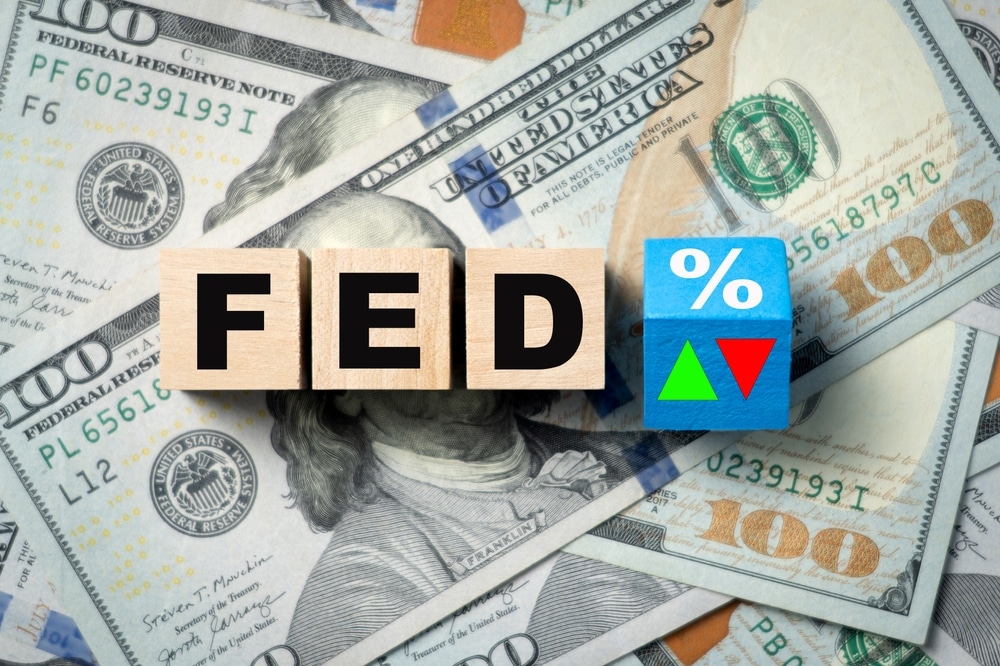
BRICS De-Dollarization: A Stumbling Giant, Not a Dead One
A Cracked Front Does Not Mean Collapse
To those watching from the bleachers of global finance, the apparent fragmentation in BRICS’ de-dollarization efforts might seem like a defeat. But don’t mistake surface disarray for strategic failure. The road to dethroning the dollar as the global reserve currency was never going to be paved with unity and champagne toasts. This is not a coordinated PR campaign—it’s a tectonic shift in global trade, born from necessity, propelled by distrust, and driven by the survivors of Western financial overreach.
Yes, there’s disunity. Yes, there’s hesitation. But the deeper trend—the slow-motion exodus from dollar dependency—is very much alive. You just have to know where to look.
Bilateral Deals Are the Building Blocks of a New System
Let’s start with the substance the mainstream article almost casually glossed over: bilateral trade deals are surging. Russia and China conducting over 99% of trade in rubles and yuan? That’s not just a workaround for sanctions—it’s a preview of what happens when two major economies get sick of playing by Washington’s rules.
Brazil and China dropped the dollar for their $100 billion in annual trade back in 2023, and Egypt is following suit. These aren’t isolated PR stunts—they’re practical decisions by governments tired of holding a currency weaponized against them. Bilateralism may not look sexy on paper, but it’s how monetary revolutions begin: one trade deal at a time.
Trump’s Tariff Threats Are a Tell
Let’s talk about Trump’s tantrum. His warning that BRICS countries must pledge allegiance to the dollar or face 100% tariffs was telling—not just for its bluster, but for its fear. You don’t threaten your allies unless you're worried they're actually about to move.
Indonesia’s sudden retreat and Brazil’s quiet shelving of the “common currency” agenda aren’t just diplomatic rejections of BRICS unity—they’re direct consequences of U.S. economic blackmail. That’s not a win for the dollar. That’s desperation.
India Is the Weak Link—For Now
India’s vocal opposition to a BRICS currency isn’t surprising. The country walks a tightrope between Western finance and Eastern partnership. It still benefits from the dollarized system and fears China's growing influence. But this is not the same as a hard no to de-dollarization.
In fact, India is quietly increasing rupee-based trade with Gulf states and Russia, even as its ministers deny larger currency schemes. That’s called hedging—keeping one hand in the current system while building lifeboats just in case. India is playing both sides, and when the dollar system finally buckles under its own weight, New Delhi won’t want to be caught without an exit plan.
A Common Currency Isn’t the Goal—Decentralization Is the Strategy
Here’s where I part ways with the narrative that BRICS must unify under a single currency to succeed. That’s a Western lens applied to a multipolar world. The euro-style model doesn’t make sense for nations as diverse—and geopolitically wary—as BRICS members.
What matters is not whether there’s a “BRICScoin” but whether these countries can settle trade without needing a greenback intermediary. Local currencies. Blockchain-based settlement. Gold-backed platforms. These are all pieces of a decentralized financial world—and every time BRICS countries bypass SWIFT or clear a trade in local currency, they chip away at the dollar’s monopoly.
The Dollar's Strength Is Its Weakness
The article concludes with a common refrain: that the dollar remains unmatched in the international system. That may be true today—but only because alternatives haven’t matured yet. The strength of the dollar is its liquidity and inertia. But its weakness? The U.S. government itself.
Endless deficits, weaponized sanctions, bloated military budgets, and rampant surveillance are not signs of strength. They are signs of a dying empire trying to discipline the world into submission. And that discipline is wearing thin.
What Comes Next—and How You Can Prepare
Don’t fall for the illusion that BRICS’ struggle means the dollar is safe. History doesn’t reward complacency. The 1944 Bretton Woods system didn’t last forever. Neither did the gold standard. And neither will this era of dollar hegemony.
What should you do?
Start with Bill Brocius’ free ebook, “7 Steps to Protect Yourself from Bank Failure”, which gives you the real tools to navigate financial upheaval—from selecting the right hard assets to finding banks not exposed to derivatives contagion.
If you want to go deeper, Bill’s Inner Circle newsletter is where the real edge lies. For $19.95, you get unfiltered insights into what’s coming next—before the headlines break.
And if you still believe the banking system is a safe place to park your life savings, then by all means—keep watching from the bleachers.
But if you’d rather own gold than IOUs, store crypto instead of cash, and exit the collapsing system before it traps you inside, then take action.
📘 Download the free ebook here: 7 Steps to Protect Yourself from Bank Failure
🔐 Subscribe to the Inner Circle newsletter for $19.95
📖 Grab Bill’s book, “End of Banking As You Know It,” and wake up before the collapse hits











